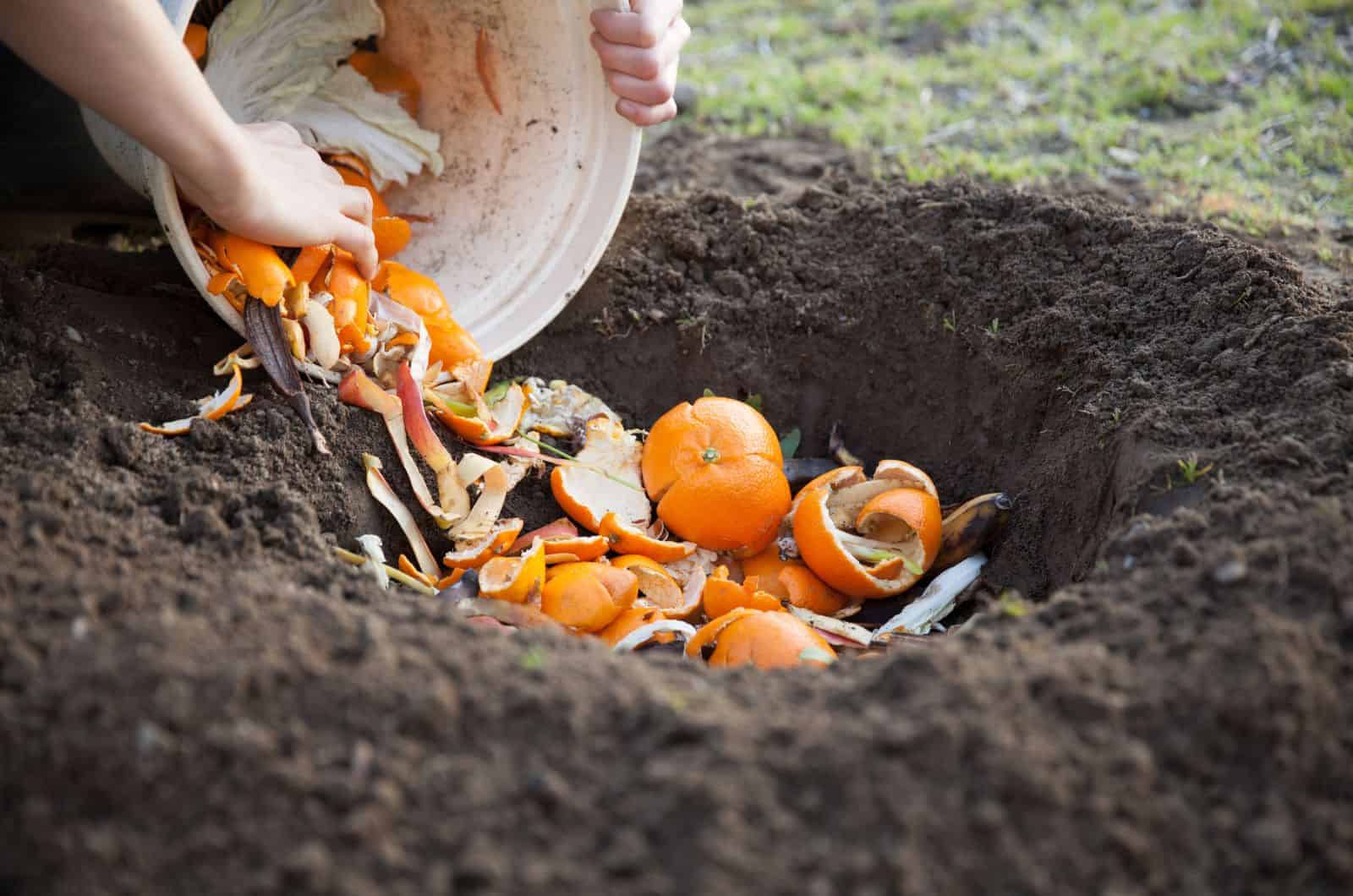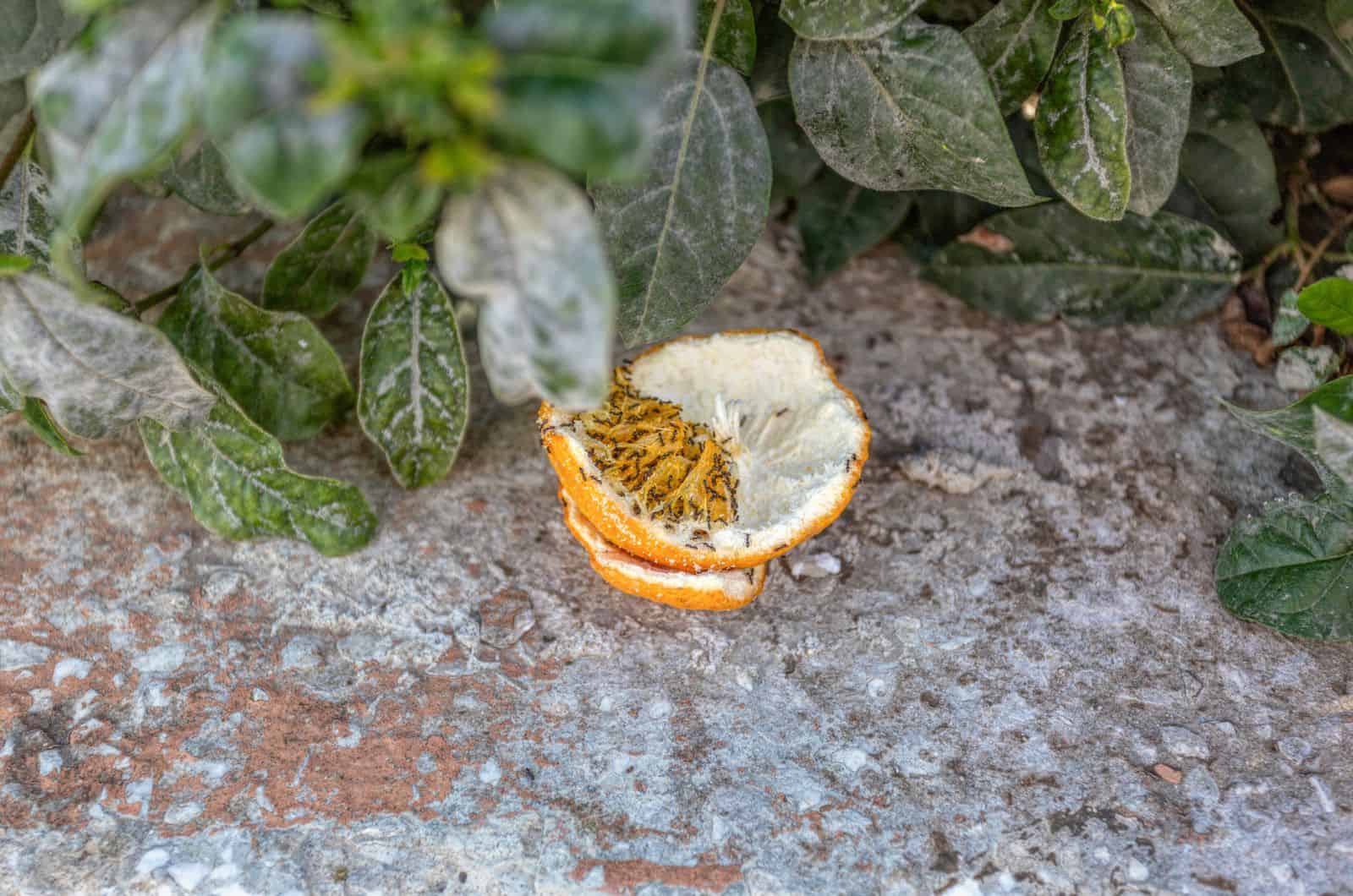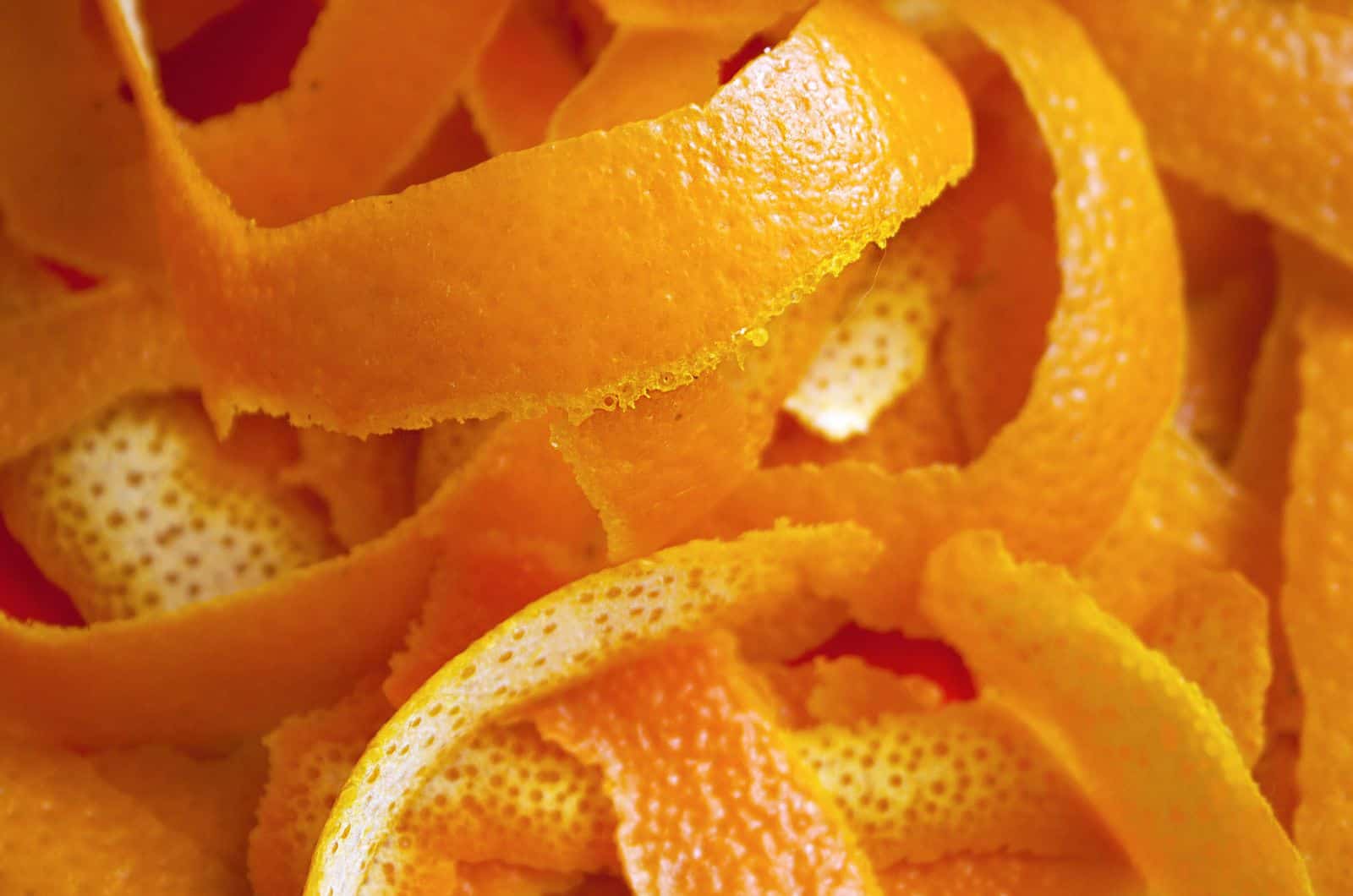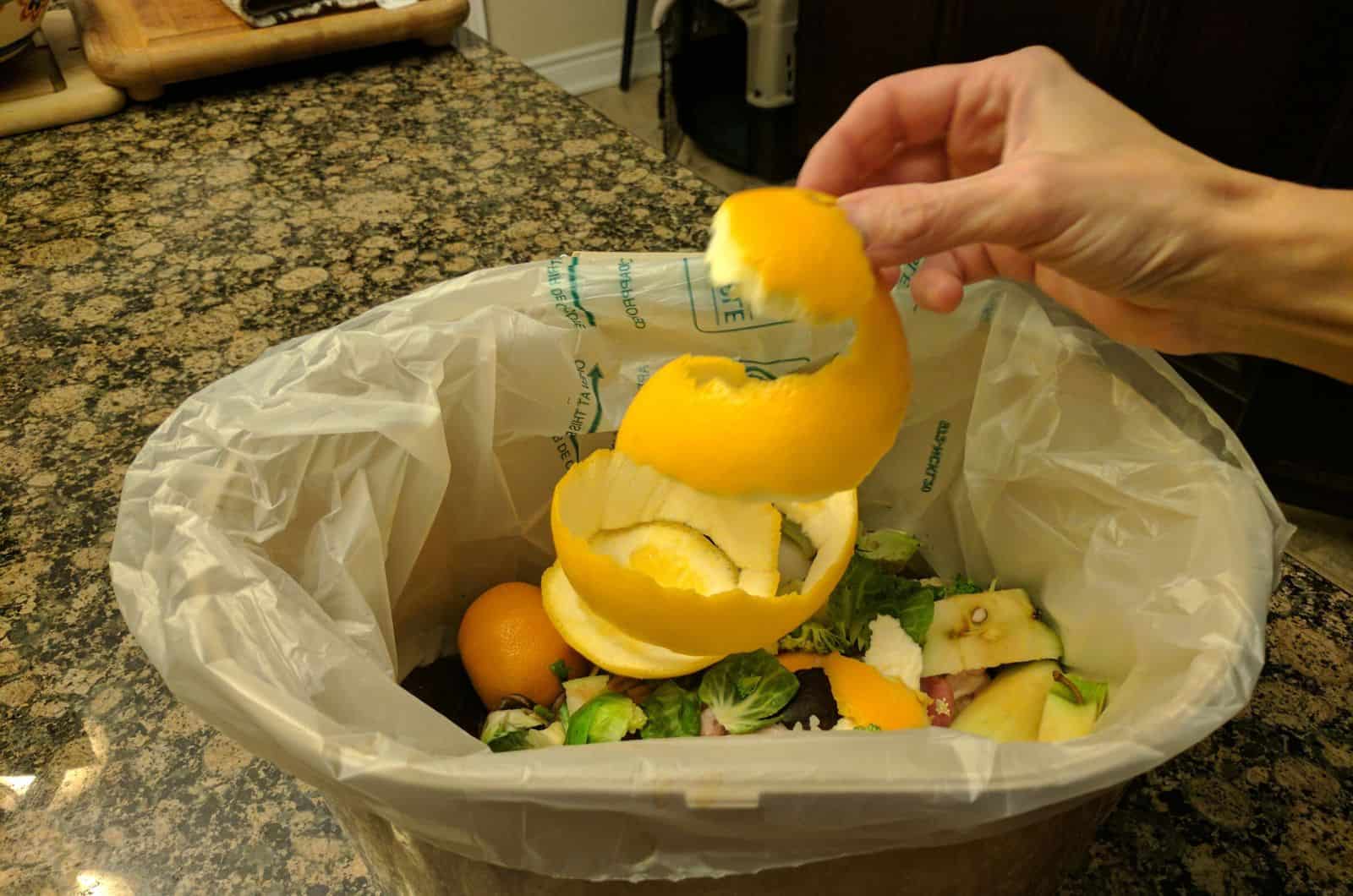If you have been growing plants for a long time, you likely know that kitchen scraps are often used in gardening and are beneficial for plants.
Citrus peels frequently end up in the trash, but the fact is that they make great fertilizers, and the best thing is that it’s an entirely organic way of feeding your plants.
In this article, I will discuss the benefits of using orange peels for plants and the best ways to use them.
Let’s get started!
The Benefits of Using Orange Peels For Plants
Let’s first discuss toxicity, as I believe that’s the biggest concern of every gardener. Orange peels aren’t toxic, so using them is perfectly safe for your plants.
Orange peels improve the nutritional value of the soil. Of course, before adding any fertilizer, it would be best to perform a soil test to check the concentration of each essential nutrient.
They contain nitrogen, so before adding any chemical fertilizer to boost nitrogen levels, I recommend using orange peels.
Second, orange peels contain potassium and phosphorus, other primary macronutrients essential for healthy growth.
That’s not all! Orange peels also contain secondary macronutrients like calcium and magnesium. If your soil lacks these macronutrients, feed it with an amazing orange peel natural fertilizer.
Some plants flourish in acidic soil; if you’re growing any of these plants, you can use orange peel to improve soil acidity.
However, be careful not to add too much peel as overly acidic soil can kill some plants.
There are different ways of controlling pests during plant flowering. Orange peels may be used as pest repellents, and if pests are giving you a hard time, the smell of orange peels will undoubtedly deter them.
How To Use Orange peels In Your Garden
Now we know that orange peels add nutritional value to the soil, increase acidity, and act as natural pest repellents, so let’s learn how to use them.
How To Use Orange Peels For Soil Improvement
The best way to improve the nutritional value of plant soil is by adding compost. If you don’t have a compost pile, I highly recommend starting one.
Add all the kitchen scrap like leftover peels to the compost bin, and let the heat do the rest.
The nutrients will release as the peel decomposes, and you’ll soon have a high-quality compost to feed your precious plants.
The great thing about orange peels is that you can use them for seedlings. Put the soil on the peel, add seeds, and place it in a warm and sunny spot. Once the seedlings are ready for transplantation, place them together with the peel in a new pot filled with potting mix.
How To Use Orange Peels For Acidity
If you intend to grow hydrangeas or azaleas, you need to make sure the soil is acidic enough. Orange peels will do the trick!
First, you’ll need to dry the peels. You have two options for this; leave them in the sun or put them in a dehydrator.
Grind your dehydrated orange peels (or any other citrus peel) into a powder and add it to the top of the soil, and it will act as mulch.
How To Use Orange Peels For Pests
There’s an organic pesticide found in orange peels called d-limonene. It kills some pests by destroying their nervous systems. The best examples are ants and aphids.
If some of your plants have issues with aphids or ants, just put the peel around the plant.
The other way is to make a spray. Pour a cup of water into a smaller pot, add a couple of orange peels, and boil for a few minutes.
Strain it and put everything in a spray bottle. Spray over the little rascals to make your garden shine!
It will also act as an insect repellent due to the strong smell of citrus, so goodbye, whiteflies!
How To Make Orange Peel Fertilizer
Great news! Orange peel is a plant food not a fertilizer for both garden plants and houseplants.
For this DIY version, you need to prepare a container (a jar or bucket with a lid), brown sugar (1 cup), orange peel (3 cups), and water (10 cups).
If you need more time to prepare all the orange peels you need, dehydrate or freeze the ones you collected first.
Orange peels should be chopped into small pieces. Fill the bucket or jar with water, add chopped orange peel and brown sugar, put the lid on, and shake it well.
Keep the container in a dark and warm spot for about a month, and don’t forget to open the lid daily.
Here comes the fermentation; orange peels contain yeast that will ferment and mix with sugar to release carbon dioxide. Be careful; if you don’t open the lid daily, everything could explode!
You don’t need to open the lid every day after a month; leave the container sealed for 2-3 months.
After the three months are up, filter the mixture to remove any remaining orange peels. Don’t throw away what’s left after straining; add it all to a compost pile.
You can use this method with lemons or banana peels. Banana peel tea for plants is another organic fertilizer made from kitchen scraps!
That’s it! Your fertilizer is now ready for use!
How To Apply Orange Peel Fertilizer
You need to know that this is a very strong fertilizer, and the only way to save your plants from burning will be by diluting it.
You can apply it to both indoor and outdoor plants as a foliar spray by diluting 2 tsp per quart.
It will feed your plant and also act as a natural insecticide to repel different pests, including slugs, aphids, and whiteflies.
Wrapping Up
Oranges are undoubtedly one of the most delicious fruits, and the worst you can do is throw the peel in the trash.
Are orange peels good for plants? The answer is definitely yes; you can use orange peels for plants to act as fertilizers or natural pest predators.
It will improve the nutritional value of the soil, increase acidity, repel pests, and feed your plants. Use our advice for making and applying orange peel-based solutions for your garden, and it will thrive in no time!
Until next time!
Like this post? Share or pin it for later!





